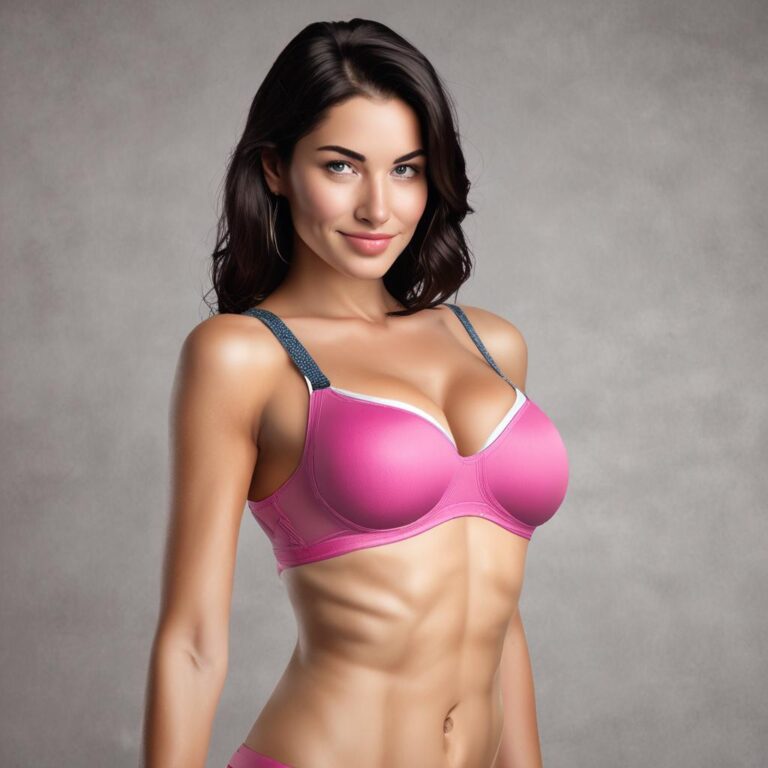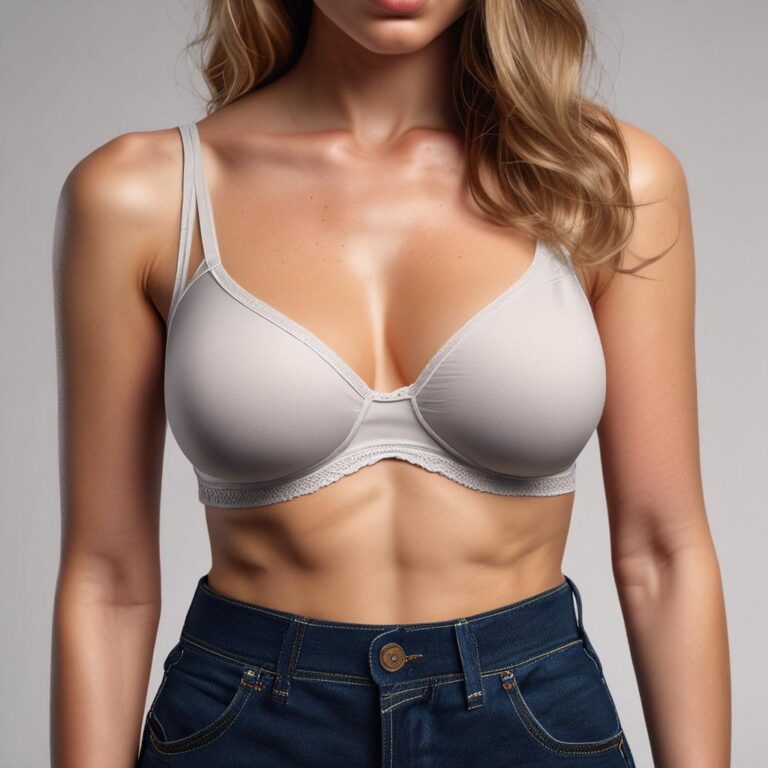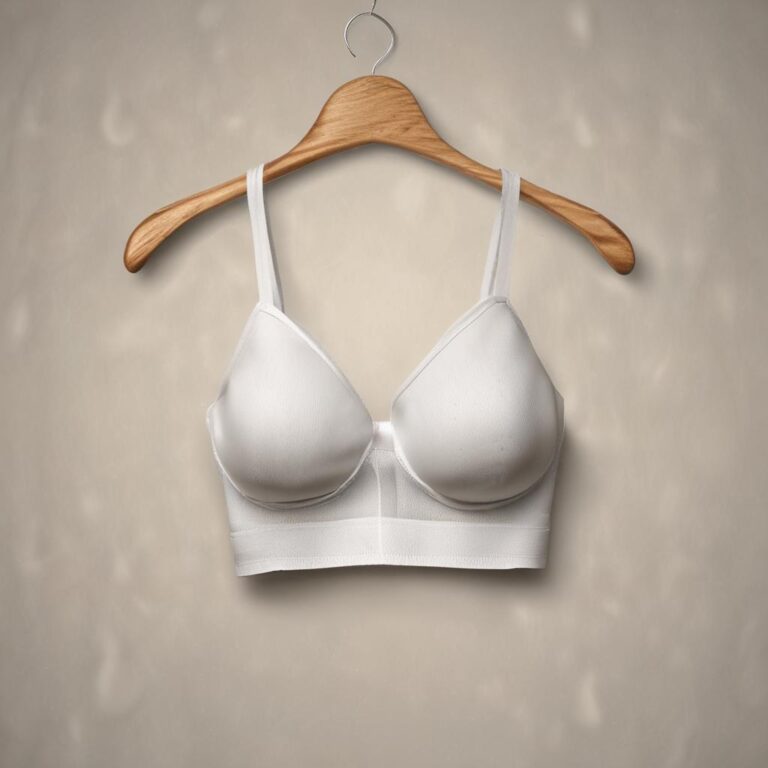Finding the perfect bra can be a challenge for anyone, but it’s especially true for those with smaller chest sizes. While bras are widely available in larger sizes, the options for the smallest bra sizes can be limited and confusing. Whether you’re a young teen just starting to wear bras, an adult with naturally petite proportions, or someone with medical conditions affecting breast development, knowing what the smallest bra sizes are—and how to find the right fit—is essential for comfort and confidence. In this guide, we’ll explore the smallest bra sizes available, how they’re determined, and how to choose the best one for your needs.
Step-by-Step Process
Understand Bra Sizing
Learn about band and cup sizes to identify the smallest possible combination.
Measure Band Size
Use a measuring tape to find the smallest band size that fits comfortably.
Determine Cup Size
Measure bust size and subtract band size to find the smallest cup size.
Check Manufacturer Sizes
Review brand-specific size charts for the smallest available options.
Try On Bra Sizes
Test different sizes to ensure fit, comfort, and support.
Process infographic for What is the Smallest Bra Size
Understanding Bra Sizing Basics
How Bra Sizes Are Determined
Bra sizes consist of two main components: the band size (the measurement around the torso) and the cup size (the projection and volume of the breasts). The band size is typically measured in inches, while the cup size is assigned a letter (A, B, C, etc.), with AA or AAA representing the smallest cups. Sizing standards vary by region—for example, a 30A in the US might correspond to a 28B in the UK. Many people assume that all small-chested individuals wear the same size, but body shape, breast density, and torso length play a significant role in finding the right fit.
The Smallest Standard Bra Sizes Available
Most mainstream brands offer bras starting at a 30 band size, but some specialty brands cater to even smaller sizes, such as 28 or 26 inches. The smallest cup sizes generally start at AA or AAA, though some brands offer XS or micro-cups. Brands like LulaLu, Bramble, and Aerie are known for their petite and child-friendly options, including softcup bras and bralettes designed for minimal coverage. For very young wearers or those with underdeveloped breasts, children’s sizes or custom-made bras may be necessary.
Factors That Influence the Smallest Bra Size
Age and Development
Pre-teens and young teens often have smaller chest sizes as their bodies develop. Many first-time bra wearers start with training bras in AA or A cups, which provide light support without compression. Breast development varies widely, so what may seem “too small” for one person could be the perfect fit for another. Parental guidance and professional fittings can help ensure comfort during this stage.
Body Type and Proportions
Torso size and shape affect how a bra fits. Someone with a narrow ribcage may need a smaller band size, while those with wider shoulders might require adjustments to straps or cups. Petite individuals often benefit from bras designed for smaller frames, as standard sizes can feel bulky or misaligned. Proportional sizing—where the cup size matches the band—is crucial for a flattering and comfortable fit.
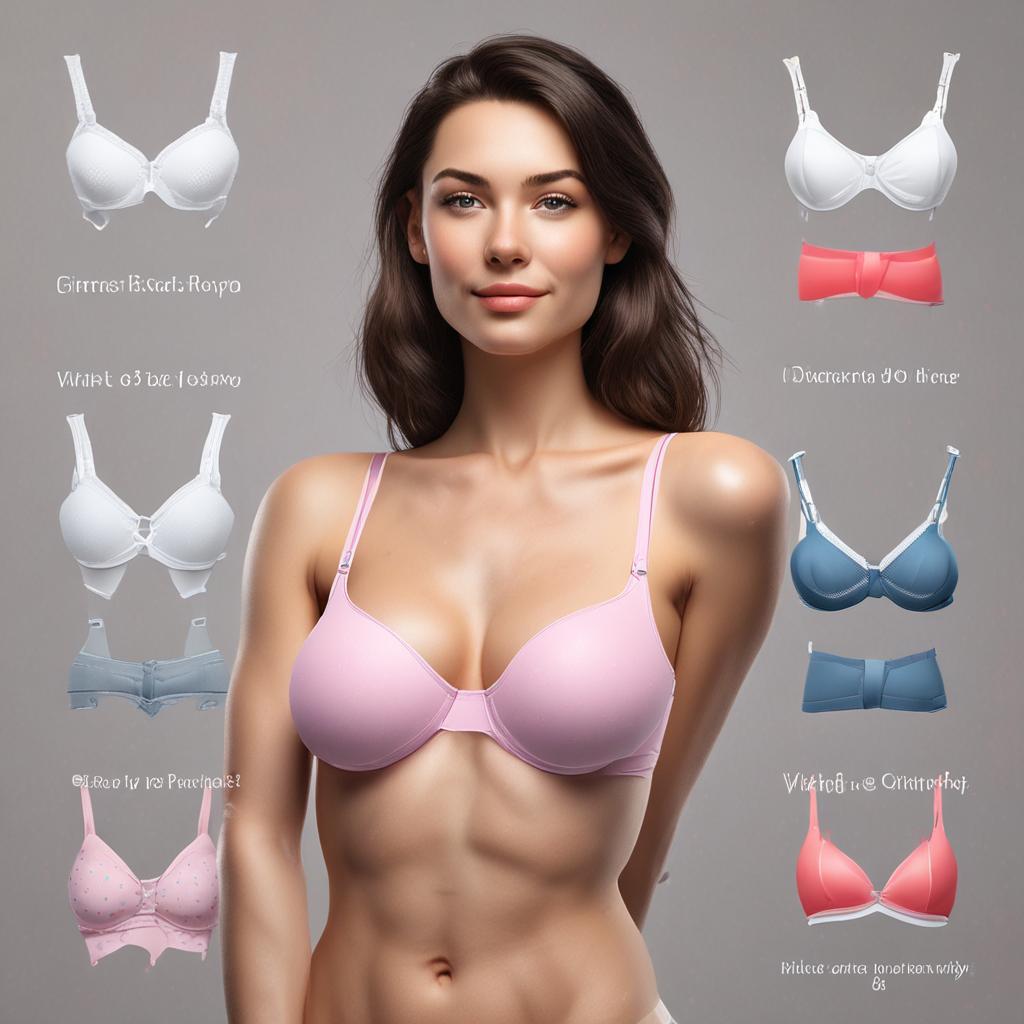
Health and Medical Conditions
Conditions like hypomastia (underdeveloped breasts) or hormonal imbalances can result in smaller-than-average chest sizes. Post-surgery patients, such as those who have undergone breast reduction or mastectomy, may also require specialized bras. In some cases, medical professionals can recommend supportive or non-wired options tailored to individual needs.
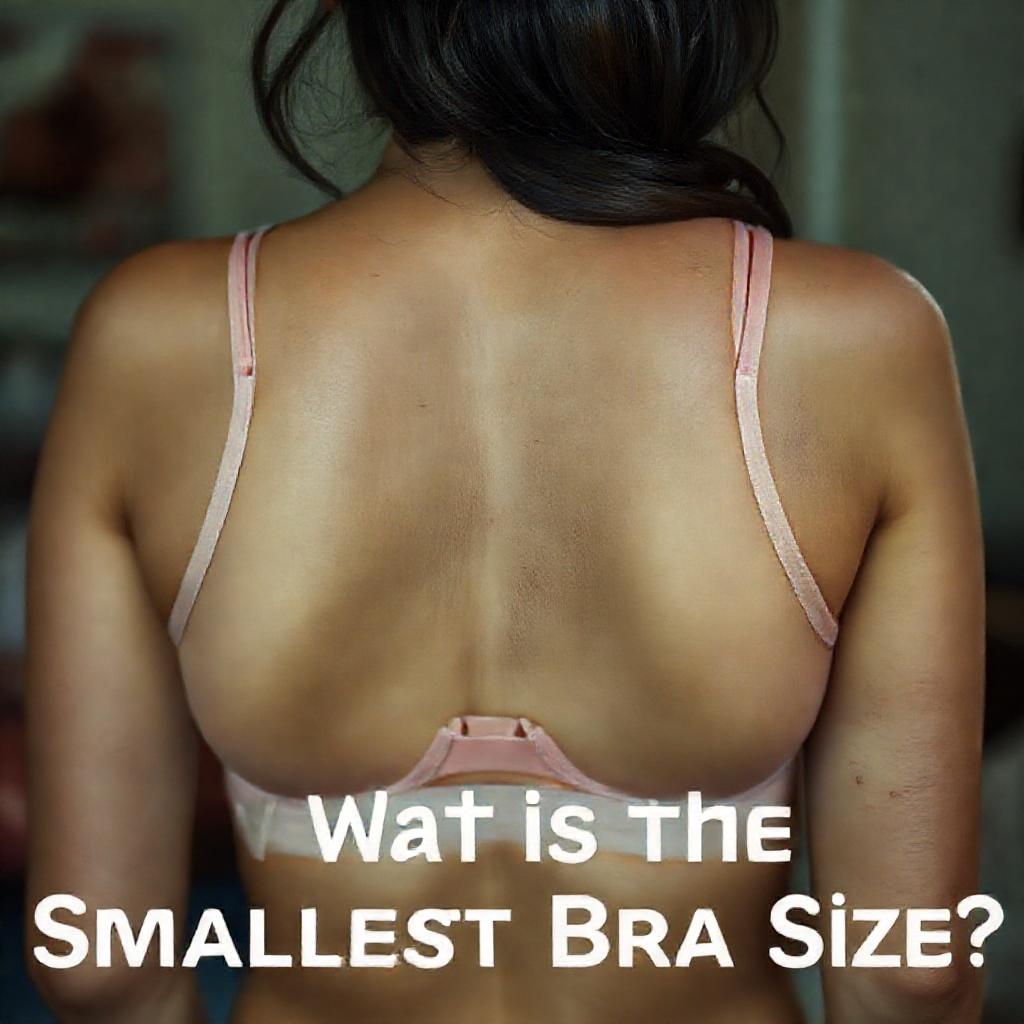
Finding the Right Fit for Small Bra Sizes
Tips for Buying the Smallest Bra
Measuring accurately is the first step to finding the right bra. Use a soft measuring tape to determine your band size (just below the bust) and cup size (loosest part of the bust). Look for brands that offer adjustable straps and multiple hook-and-eye closures for a customizable fit. Softcup bras, which lack underwires, are often more comfortable for smaller sizes. Online retailers like LulaLu and Bramble specialize in petite bras, while stores like Aerie provide inclusive sizing with hassle-free returns.
Alternatives for Very Small Chest Sizes
Not all small-chested individuals need traditional bras. Bralettes, sports bras, and non-wired options provide light support while prioritizing comfort. Some brands offer “training bras” for young wearers, while others create “micro-cupped” designs for minimal coverage. For those who struggle with standard sizes, custom or made-to-order bras can be a great solution, allowing for precise measurements and materials tailored to personal preferences.
Common Misconceptions About Small Bra Sizes
There are several myths surrounding small bra sizes that can lead to frustration or confusion. One misconception is that all small-chested people need the same size—when, in reality, variations in body shape and breast density mean that fit is highly individual. Another myth is that small bras are inherently uncomfortable, but a properly fitted bra should never cause pain or irritation. Lastly, some assume that only children wear AA or AAA cups, when in fact, many adults naturally have smaller chest sizes.
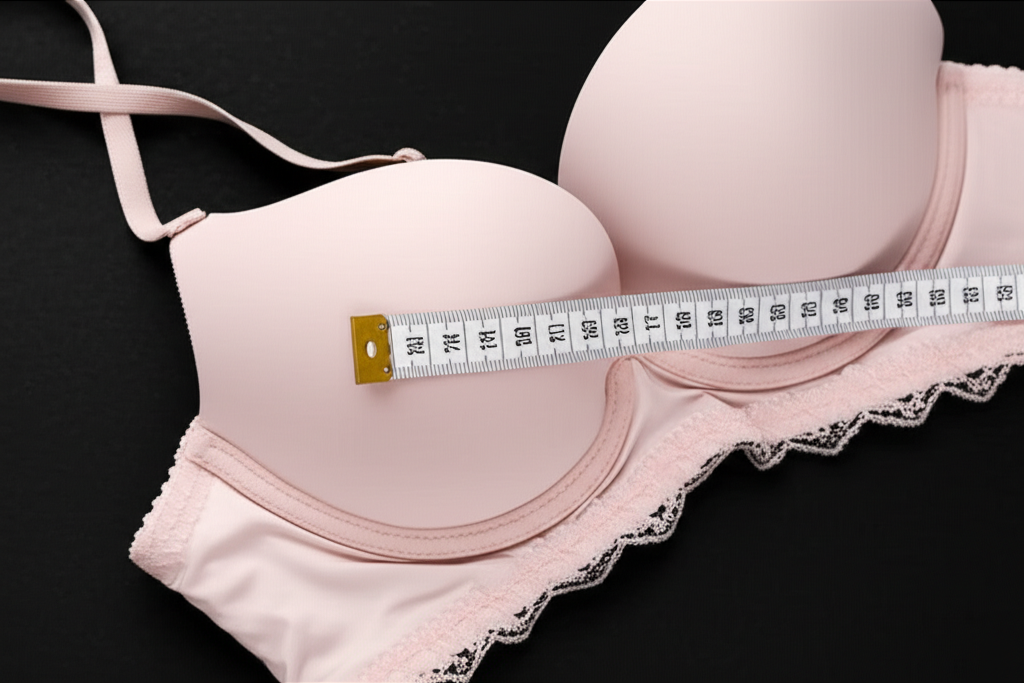
Conclusion
Whether you’re shopping for a young teen, an adult with a petite frame, or someone navigating medical conditions, understanding the smallest bra sizes and how to find the right fit is key to comfort and confidence. Proper sizing ensures that bras provide the right support without sacrificing style or ease. Remember, there’s no “one-size-fits-all” approach—prioritizing fit over trendy designs or societal expectations will lead to the best results. Embrace body positivity by choosing bras that make you feel great, regardless of size.
FAQ Section
Q1: What is the smallest cup size available?
AAA cups are the smallest, though some brands label them as AA or XS. These sizes are designed for minimal projection and volume.
Q2: Can I get a bra smaller than a 28 band?
Most standard brands stop at 28, but custom or children’s bras may offer smaller band sizes, such as 26 or 24 inches.
Q3: Are small bras less supportive?
Properly fitted small bras can provide adequate support if designed with the right materials and structure. Softcup bras and bralettes often work well for light support.
Q4: Should I worry if my bra size is very small?
No, as long as the bra fits comfortably and meets your needs. Small sizes are perfectly normal, especially for young teens or those with naturally petite proportions.
Q5: Where can I buy small-sized bras online?
Recommended retailers include LulaLu, Bramble, Aerie, and specialty lingerie stores that cater to petite or child-sized options.

